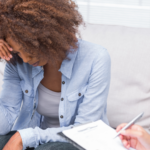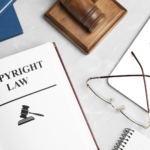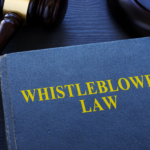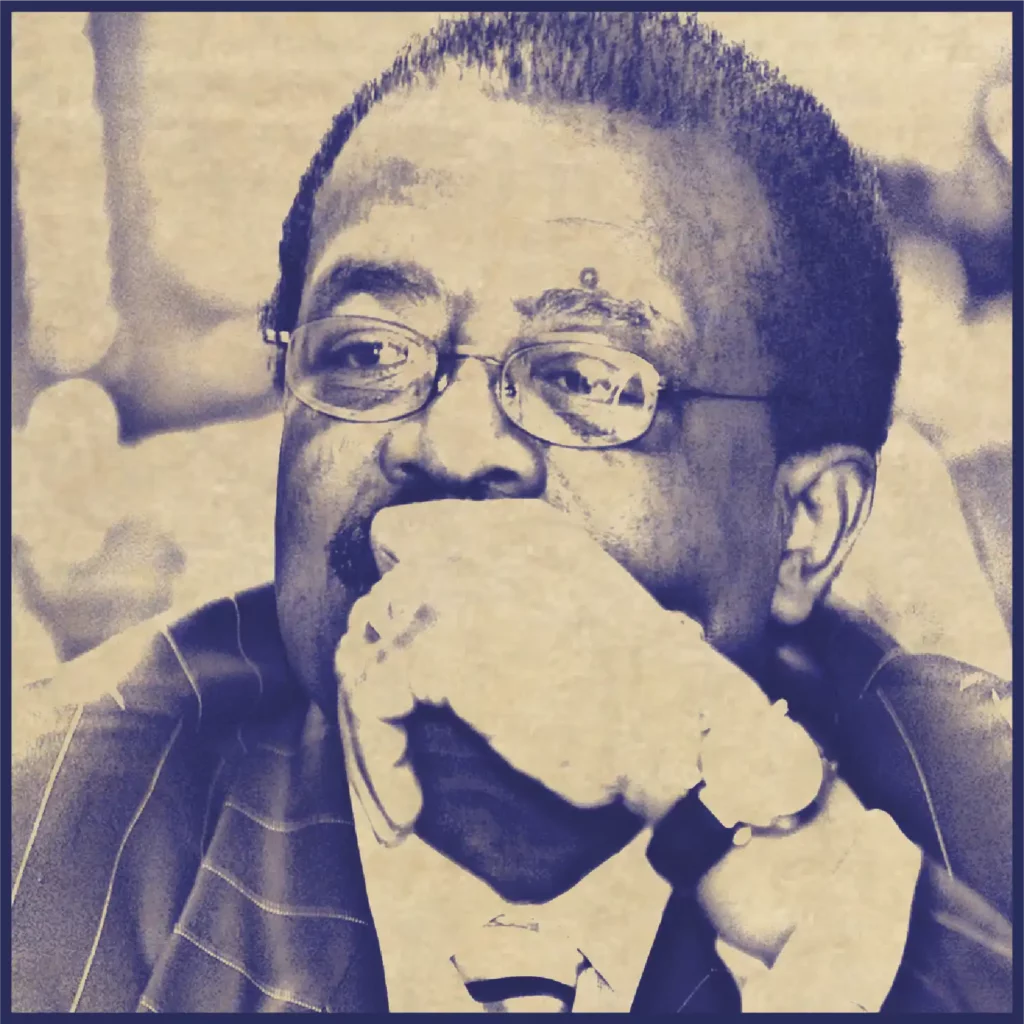As you drive to work, run errands, or simply pick your kids up from school, you contend with poor driving conditions, construction zones, and negligent drivers. As drivers, we strive our hardest to avoid devastating accidents to stay safe on the road, but sometimes accidents can not be avoided.
To better put the probability of being in an accident into perspective. A report from Statista states that there are roughly 284 million vehicles in operation during the third quarter of 2021. With those large amounts of vehicles on the road, you can imagine there is a large number of accidents that accompany them as well. As of 2019, in The United States alone, there were a reported 6.6 million cars involved in accidents.
A person makes a car insurance claim with an insurance provider when their vehicle is damaged, or they are hurt in an accident. The annual compensation provided by U.S. insurance companies for vehicle insurance claims total more than $170 billion. Although the process might differ between states and insurers, the basic steps are often the same.
There are two types of claims that you need to be aware of. The first is a first-party claim. A first-party claim is a claim that you file with your own insurance company for certain insurance coverages such as uninsured motorist, collision and comprehensive coverage, or towing. Secondly, you have third-party claims. Third-party claims are claims that you submit to someone else's insurance provider. A third-party claim is most likely to occur when you're hurt due to someone else's negligence.
Working with insurance companies after an auto accident can be frustrating and difficult. No matter what the situation might be, insurance companies should always act in good faith toward their clients. Unfortunately, this is not the case in every situation because some insurance companies can act in bad faith toward their clients, which in doing so can cause bigger problems for the policyholder.
Cornell Law defines bad faith as dishonesty or fraud in a transaction. Depending on the exact setting, bad faith may mean a dishonest belief or purpose, the untrustworthy performance of duties, neglect of fair dealing standards, or fraudulent intent and is often related to a breach of the obligation in a contract.
As these are a few of the great examples of how bad faith might happen from your insurance provider, these are not the only ways that they can act in bad faith. Additionally, it is important to remember that if you file a bad faith claim against your insurance provider, it is separate from your claim against the driver in the accident.
Over the most recent years, rideshare companies such as Uber and Lyft, among many others, have become very popular for tourists and everyday business commuters. Rideshares are overall safe modes of transportation and are very convenient and reliable.
However, just like most everything we come into contact with in our everyday life, rideshares come with their own set of risks. Whether you are a passenger or a driver in rideshare during an accident, it is treated the same as a normal accident, and the liability will generally go to whoever is at fault. There are three elements that you normally have to prove to show who is at fault, these are:
Don’t worry too much, as proving who is at fault in a rideshare accident is similar to proving who is in the wrong after a normal accident. The role insurance plays when the injured person seeks compensation from the party at fault is what distinguishes rideshare accidents from other types of accidents.
Most drivers have personal vehicle insurance coverage. This implies that if you are in a vehicle accident, you can file a claim with the negligent party's insurance company to receive compensation for your medical costs and other losses.
However, personal auto insurance policies have a business-use exclusion, which means that when a driver uses their car for work, they are not covered. This indicates that the rideshare driver's personal auto insurance policy does not provide liability or collision coverage once the passenger is picked up by the rideshare driver.
If you have been involved in a ridesharing accident that resulted in injuries, contact a Cochran Firm attorney today so we can investigate and get you the compensation for the injuries that you deserve. We will fight to cover your medical costs, lost work, lasting injuries, and so much more. Contact us today for a free, no-obligation consultation.
It is a good idea to be prepared for the initial meeting if you decide to launch a case and have already retained a lawyer of your choosing. You need to bring certain documents, such as the following:
Although the legal process can be daunting, the right attorney can help make it less stressful. Our attorneys at The Cochran Firm are ready to fight for the compensation you deserve during this unprecedented time. Contact us today for a free, no-obligation initial consultation regarding your rideshare accident claim.
Negligent drivers are far too common today; a negligent driver can really cause significant damage or wrongful death. A negligent driver can range from someone being intoxicated, smoking, eating, to simply checking their cell phone. These negligent driving factors frequently result in various forms of negligent driving behavior. Traffic offenses can be committed in a variety of ways and as a result of a variety of negligent driving behaviors.
Listed below are some of the most common types of negligent driving
If a driver is observed engaging in these activities, they may be charged, receive a ticket, have their license suspended, and perhaps spend some time in jail. If you or a loved one has suffered injury or wrongful death from a negligent driver, contact our dedicated attorneys at The Cochran Firm. To schedule a free, no-obligation consultation with one of our attorneys, please contact us today. We maintain offices throughout the United States, better enabling us to fight tirelessly for the rights of injury victims in all areas of the country.
Drivers must remain at the site of an accident in every state in order to assist other people hurt in the incident and exchange contact and insurance information. In addition to facing a legal lawsuit for a car accident, drivers who don't stop might be prosecuted for a hit-and-run in court.
Although hit-and-run accidents can include two or more vehicles, they can also involve pedestrians, bicycles, motorcycles, parked cars, and other objects being struck before the driver takes off. The National Highway Traffic Safety Administration (NHTSA) reports that in 2020, more than 2,500 individuals were murdered by hit-and-run drivers, a 26% increase over 2019.
It's understandable to want to find the driver if you were hurt in a hit-and-run. Only if you locate the hit-and-run drivers can you make them liable for their crimes and the resulting damage. However, no matter how anxious you are to find the offender, you never want to pursue a hit-and-run driver as it is very dangerous. The best course of action is to request assistance from the police.
Unfortunately, If you can't find the driver, you'll probably have to rely on your own health and car insurance to cover some of your expenses. You may also be able to make an uninsured motorist claim if you have the coverage.
Every state mandates that drivers carry insurance. Most states adhere to the "at-fault" system, which requires the at-fault driver to pay for accident-related losses through liability-based auto insurance. Of course, the at-fault driver's insurance company won't pay you if you don't know who is at fault.
In an at-fault state, you will, therefore, likely have to rely on your own insurance coverage for reimbursement or file a civil action if you are unable to locate the hit-and-run driver. The crime victim compensation board in your state may potentially be able to help. Even when an offender has not been found guilty, these government-run compensation schemes can aid victims of crime in recovering damages.
Your own "personal injury protection" (PIP) auto insurance will more than likely cover your medical costs, missed wages, and other accident-related expenditures like household help if you are hurt in one of the roughly 12 no-fault insurance states. In states with no-fault, PIP is required (and an optional add-on in most at-fault states). No matter who was at fault for the accident, you can still file a PIP claim.
With an estimated 6 million auto accidents and 42,000 deaths occurring each year in The United States alone, most are considered to be caused by defective parts in your vehicles, such as defective tires, airbags, seat belts, and door latches.
Knowing who to sue can be very challenging at times for someone and might, in some cases, include everyone in the “chain of distribution.” The plaintiff won't have to prove that a manufacturer was reckless or negligent, unlike personal injury claims brought in connection with auto accidents. Instead, the legal theory of product liability typically serves as the foundation for motor vehicle defect proceedings.
Defects that might subject one or more of the aforementioned parties to responsibility can be categorized in one of three ways:
Per LegalMatch, the “chain of distribution” is a phrase that can be defined as a series of businesses or companies that are involved in the process of how a product gets from its original creator to its final destination.
A product may develop a fault of some kind as it moves through the chain of distribution as a result of one of the participants in the chain's negligence. Due to this, many parties may be held accountable in a faulty products case for the plaintiff's injuries. In rare circumstances, a flaw may be the fault of many parties. The term "market share liability" refers to when the party that was harmed cannot determine which business produced the faulty product, and each manufacturer is held accountable based on its share of sales in the region where the harm took place.
Q: What should I do if an uninsured driver hits me?
A: You should call the police after any accident, but it's especially crucial if it involves an uninsured driver because the report will help you get your expenses covered and streamline the claims process.
Q: Will I have to appear in court if I file a personal injury claim?
A: Your case won't go to trial if the insurance provider for the negligent driver agrees to pay what your lawyer estimates your case is worth, and you choose to settle for that sum. However, due to unresolvable disagreements with insurance companies, certain situations do necessitate a formal trial procedure.
Q: The airbags in my car failed to deploy when I was involved in a vehicle crash. Can I bring a claim against the car manufacturer?
A: Yes, you can. If your airbags fail to do their job, then you may pursue legal action against the airbag manufacturer, the car manufacturer, or another liable party.
Q: Do I need an attorney for an auto accident?
A: When pursuing compensation following an auto accident, there is no legal requirement that you retain legal counsel. In order to concentrate on your health and recuperation while still pursuing legal action, it is highly suggested to obtain legal advice and representation.
Q: What should I do if I am involved in an auto accident?
A: No matter how little the accident may have been, you should always call the police. Be sure to note down the names and addresses of any witnesses to the accident, and request a copy of the driver exchange information form from the responding police officer. It's crucial to let your insurance company know about the accident as well.
The auto accident attorneys at The Cochran Firm can assist you in obtaining the compensation you need to make the best recovery possible, regardless of the type of vehicle you were riding in at the time of your accident. To fully examine vehicle and truck accidents and pinpoint all relevant elements, our attorneys collaborate with a network of accident reconstruction specialists. We use this data to create strong, fact-based arguments that significantly increase the chances of a successful conclusion.
It's critical to keep in mind that without an auto accident lawyer on your side, you are at the mercy of insurance companies, which frequently care more about their bottom line than the well-being of injury victims. You will be protected from these organizations' self-serving strategies and far more likely to get the full compensation you are due with our legal team on your side.
To schedule a free, no-obligation consultation with one of our attorneys, please contact us today. We maintain offices throughout the United States, better enabling us to fight tirelessly for the rights of injury victims in all areas of the country.
Contact us today for a Free Consultation





